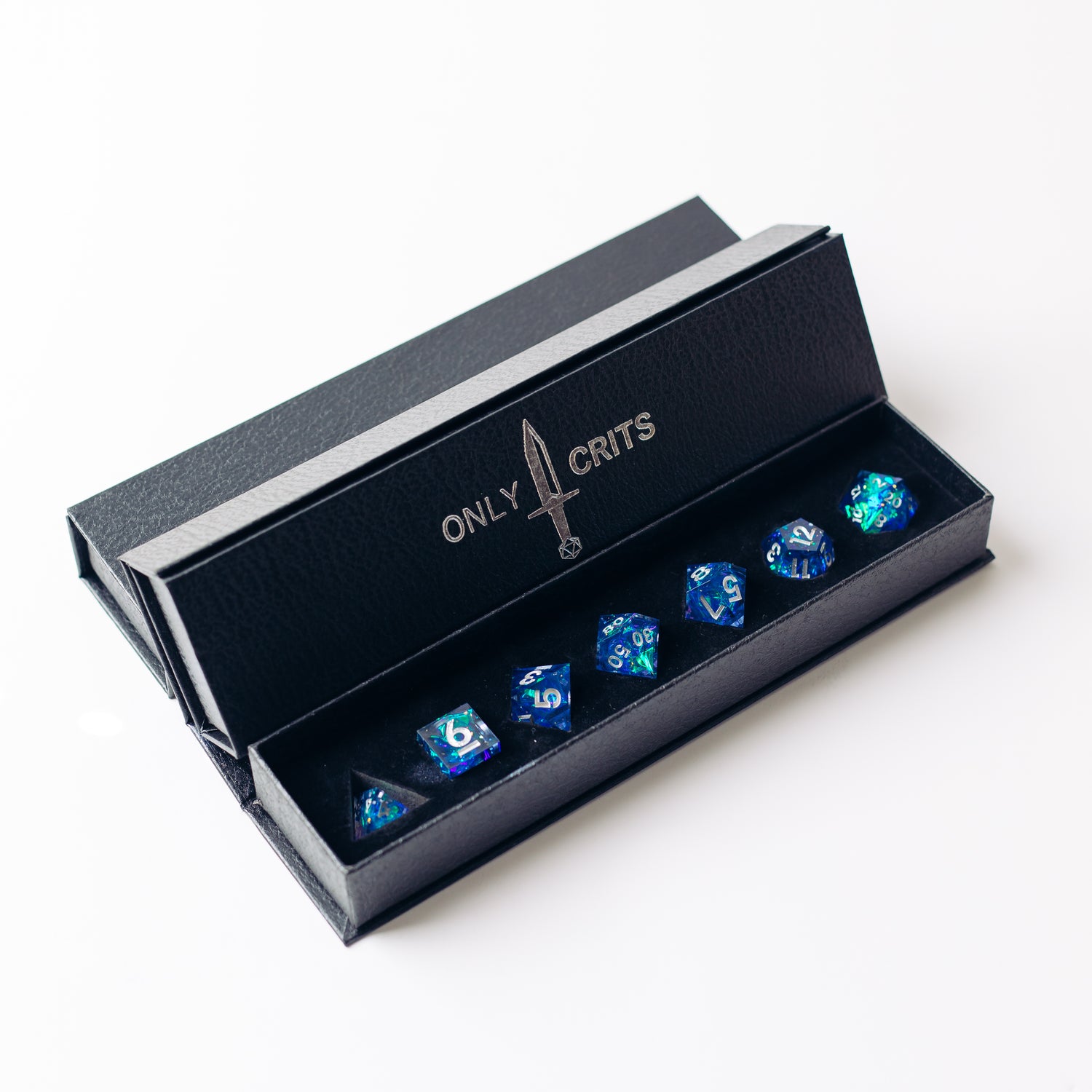I have advocated for the use of a battlemap on a number of occasions, and while I firmly believe you can and should pick up and play with whatever you have on hand, I've also gotten almost universally positive feedback on the use of a battlemap. But that doesn't mean every map is good. So what are the elements that make a great battlemap and how can you implement them both in pre-planning and on the fly? Well let me tell you.
1. Clarity
This one should be obvious but I'm making sure it's right at the top. The purpose of a map is to make it more clear where enemies and PCs are, so if you're battlemap is so confusing they don't even know what's going on then what's the point? Be sure that every element that players should worry about is clear, and the constants of the surroundings are highlighted as such. Also, find something that everyone knows represents players/enemies.
2. Obstacles
These are pretty much the base level of what you should ensure you have on your map. Some specific encounters are made more interesting by a lack of obstacles, for instance if you have a very long hallway with someone at the end raining projectiles, but for the most part putting obstacles for (N)PCs to hide, duck behind, flip over, break and utilize in any weird whacky way makes combat much more interesting. These obstacles don't always need to be that big, or as solid as stone or metal, but putting stuff to move around and off of is exciting. But the potential of those obstacles to crumble, sway or break under great duress leads to point number 3.
3. Dynamism
Maps should move. Maybe not the whole map, or even that much of it, but again, stuff changing as combat occurs is exciting. The platform you're standing on begins to drop into the volcano, the fighting pit is suddenly revealed to have poisoned spikes around the edges, the floor begins to crack revealing a deep pit. Suddenly, carefully laid plans of action for the party dissolve, enemies gain or lose an advantage, and a sense of urgency begins to appear. It makes combat more tense, and will keep the players on their toes.
4. Danger
Again, like any DnD rules this isn't universally applicable, but in most cases having something that could potentially dangerous makes things more tense. It could be something present and obvious, like a pool of lava or a large drop with spikes at the bottom, but danger can also be subtly implied. Things like dark portals, strange mists crackling with energy, terrifying gargoyles; all of these come with the implication that something could go wrong if the players don't respect their presence. When PCs are in combat, they shouldn't be comfortable.
With these elements maps, and battlemaps, can make combat way more fun. The setting is as important as the plot, it helps set the tone and it keeps everything moving and interesting. Does it mean one more thing you have to keep track of during combat? A little bit, but if the battlemap is well laid out then once it's put forth its simple to see what's going on. Remember, combat should be clear but never comfortable. These characters are fighting for their lives, and when that's the case, every little thing matters.


